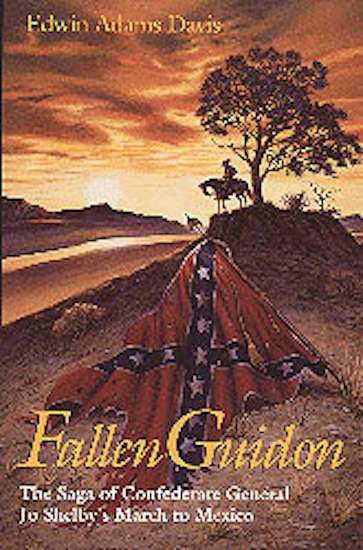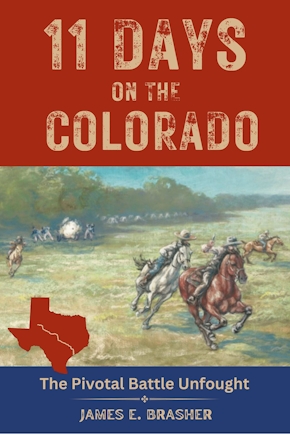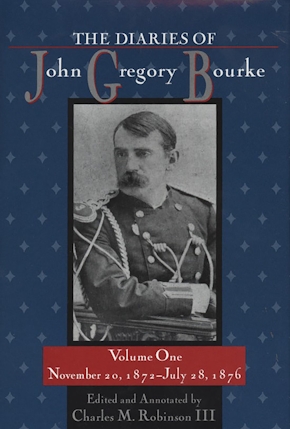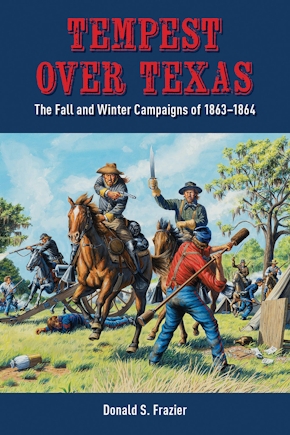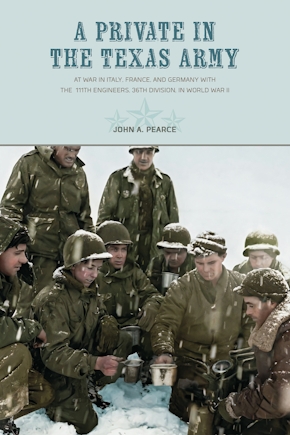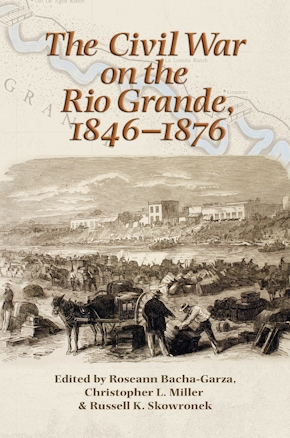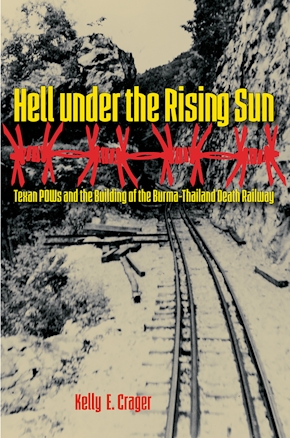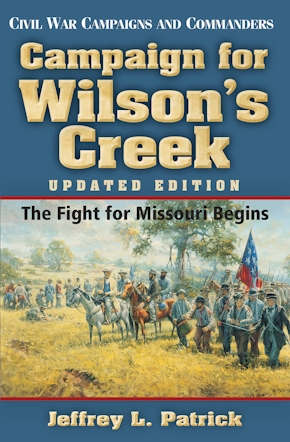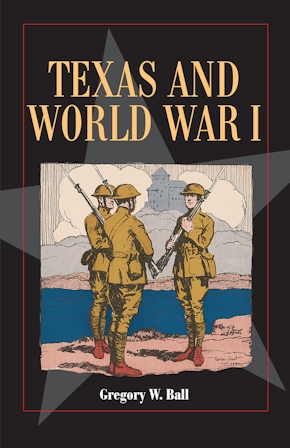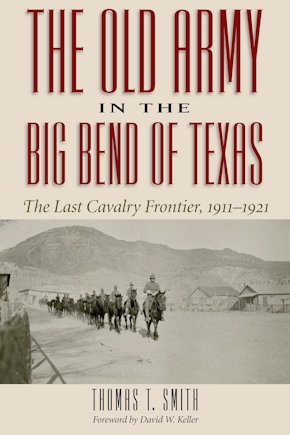Fallen Guidon
The Saga of Confederate General Jo Shelby's March to Mexico
978-0-89096-684-6 Paperback
5.5 x 8.5 x 0 in
192 pp. 1 b&w photo. 16 line drawings., 2 maps.
Pub Date: 08/01/1995
Available
BUY NOW
- Paperback $19.95 s
General Jo Shelby had led the Missouri Cavalry Division through battles at Westport, Mine Creek, Newtonia, and elsewhere. Shelby's men were all recruits rather than draftees, fiercely loyal, and they followed the code of chivalry to a degree unusual even in the old South. While preparing to march against the Federals at Little Rock, they heard of Lee's surrender. In a meeting at Marshall, Texas, Shelby announced, "We will stand together, we will keep our organization, our arms, our discipline, our hatred of oppression . . . that this Missouri Cavalry Division preferred exile to submission—death to dishonor." Having heard that the U.S. government wanted the Habsburg emperor Maximilian out of Mexico and that Lincoln liked the idea of ex-Confederates joining forces with Benito Juarez to oust Maximilian and his French military forces, Shelby formed his plan. Shelby believed he had found a way to save their honor and at the same time spread their lost southern empire to a new land, where riches and glory surely awaited them.
Shelby and his men marched through Texas, stopping in Corsicana, Tyler, Waxahachie, Waco, Austin, Houston, and San Antonio, declaring martial law and forcibly quelling local outbreaks of looting and rioting where they found it. At the Rio Grande, in a funereal memorial, they buried their Confederate battle flag in the murky waters before heading into Mexico. Shelby's men did not want to support Benito Juarez's liberal guerrillas, however. Identifying themselves as "imperialists," they wanted to fight gloriously for Emperor Maximilian. In pitched battles against the local Juaristas and isolated guerrillas and bandits, they spilled blood from Piedras Negras to Mexico City and even undertook the chivalrous and bloody rescue of a woman imprisoned in a hacienda. Once in Mexico City, Shelby's "Iron Brigade" discovered its march to have been futile, and in a bittersweet final review, Shelby said good-bye.
About the Author
Published by Texas A&M University Press
